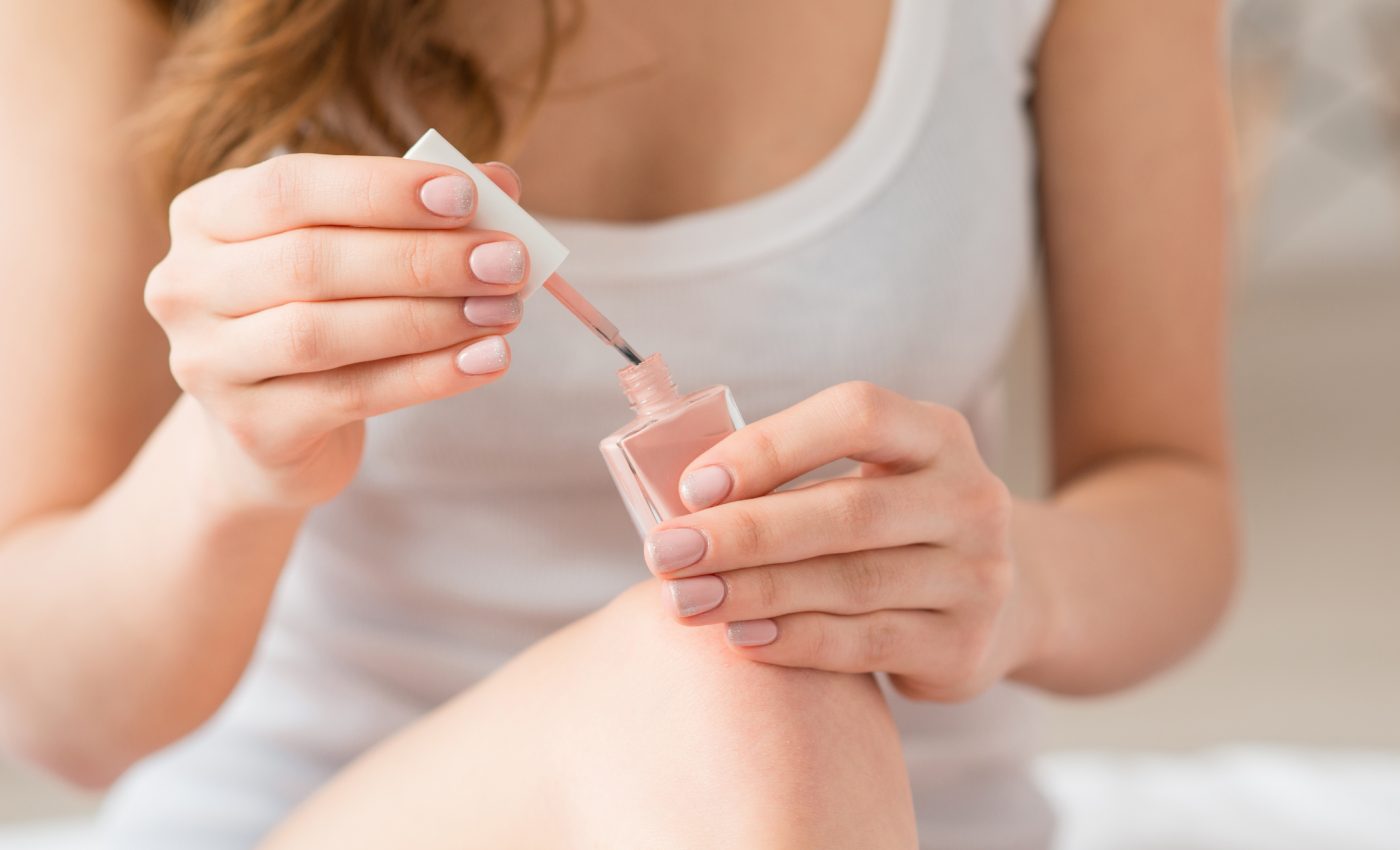
Misleading nail polish labels replace one toxic chemical with another
While nail polish manufacturers have started removing potentially toxic ingredients, these labels are not always accurate. Furthermore, a new study suggests that the reformulated products are not necessarily safer.
Many new polishes are labeled as being “3-Free,” which means the products lack the so-called toxic trio of di-n-butyl phthalate (DnBP), toluene, and formaldehyde. Other labels even claim to be free of as many as 13 different chemicals, but recent evidence shows that some substitute ingredients, such as the plasticizer triphenyl phosphate (TPHP), may be just as harmful.
This suggests that one toxic chemical is being replaced by another in a practice known as “regrettable substitution.” A research team led by Anna Young has studied DnBP substitutes in nail polish and has evaluated the accuracy of plasticizer labeling. The goal is to provide guidance for producers, consumers, and nail salons in designing and selecting safer nail polish.
The study was focused on 40 different nail polishes. Overall, the experts found that manufacturers have generally removed DnBP and are reducing the amount of TPHP they use. However, some producers are using similar toxic substitutes, such as bis(2-ethylhexyl) phthalate, and are often not disclosing the use of these compounds.
The investigation also revealed that nail polishes with labels promoting fewer ingredients do not necessarily have reduced toxicity.
“With little standardization or validation of the claims, it’s challenging for consumers and nail salon workers to know what these labels really mean for health,” said Young. “It’s not as simple as what substances aren’t in nail polish; we have to address harmful chemicals still present or added as substitutes.”
The study is published in the journal Environmental Science & Technology.
—
By Chrissy Sexton, Earth.com Staff Writer












